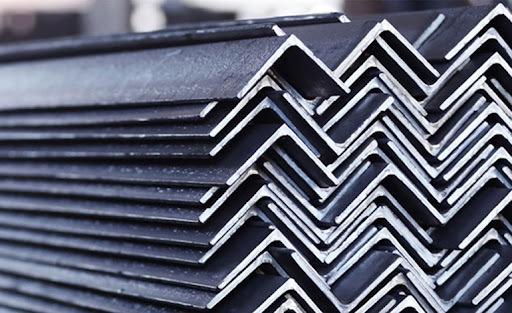Steel angles play a vital role in the construction and engineering sectors, particularly in the field of structural reinforcement. These versatile components, often shaped like an "L," are made from high-quality steel and are designed to provide robust support to structures. Their ability to bear weight and resist deformation makes them indispensable in various construction applications, from small residential buildings to massive industrial projects. In this article, we will explore how steel angles contribute to structural reinforcement, their types, and their key advantages.
Understanding Steel Angles
Steel angles are typically made by hot-rolling steel into an L-shaped cross-section, which provides them with unique mechanical properties. They come in two main types: equal and unequal angles. Equal angles have sides of the same length, while unequal angles have sides of different lengths, allowing for more flexibility in design and application. Both types are crucial for providing structural stability and can be chosen based on the specific requirements of a project.
Key Roles in Structural Reinforcement
Load Distribution and Support: Steel angles are often used to distribute loads evenly across a structure. When placed strategically in a framework, they help in transferring the weight of the structure to the foundation, thereby preventing sagging and potential collapse. This makes them ideal for use in beams, columns, and other load-bearing elements where stability is crucial.
Bracing and Framing: One of the primary uses of ms angles in construction is for bracing and framing. They provide lateral support to structures, helping them resist forces such as wind and seismic activity. By acting as diagonal braces, steel angles increase the rigidity and stability of the frame, preventing it from twisting or deforming under stress. This is especially important in areas prone to earthquakes, where additional reinforcement is essential for safety.
Reinforcement of Concrete Structures: Steel angles are commonly used to reinforce concrete structures, such as bridges, buildings, and highways. By embedding steel angles into concrete, the overall tensile strength of the structure is enhanced, enabling it to withstand heavier loads and adverse environmental conditions. This combination of steel and concrete creates a composite material that is both strong and durable.
Connection Elements: In steel construction, angles serve as connecting elements that join different structural components. For example, they are often used to connect beams and columns or to link trusses and girders. The flexibility and strength of steel angles allow them to act as reliable connectors that maintain the integrity of the structure while allowing for some degree of movement and flexibility.
Advantages of Using Steel Angles in Structural Reinforcement
High Strength-to-Weight Ratio: Steel angles offer an excellent balance between strength and weight, making them suitable for structures that need to be both strong and lightweight.
Corrosion Resistance: Many steel angles are galvanized or coated to resist corrosion, which enhances their durability and reduces maintenance costs.
Versatility and Ease of Installation: Steel angles can be easily cut, welded, and bolted, allowing for versatile use in various structural applications.
Cost-Effective: Steel angles provide a cost-effective solution for structural reinforcement compared to other methods, given their durability and long lifespan.
Steel angles are fundamental components in the realm of structural reinforcement, offering strength, stability, and versatility. Whether used for load distribution, bracing, concrete reinforcement, or as connection elements, they play a crucial role in ensuring the safety and longevity of structures. As a result, steel angles remain a popular choice in the construction industry, from small-scale projects to large infrastructure developments. Their proven reliability and adaptability make them an essential part of modern construction and engineering practices.




